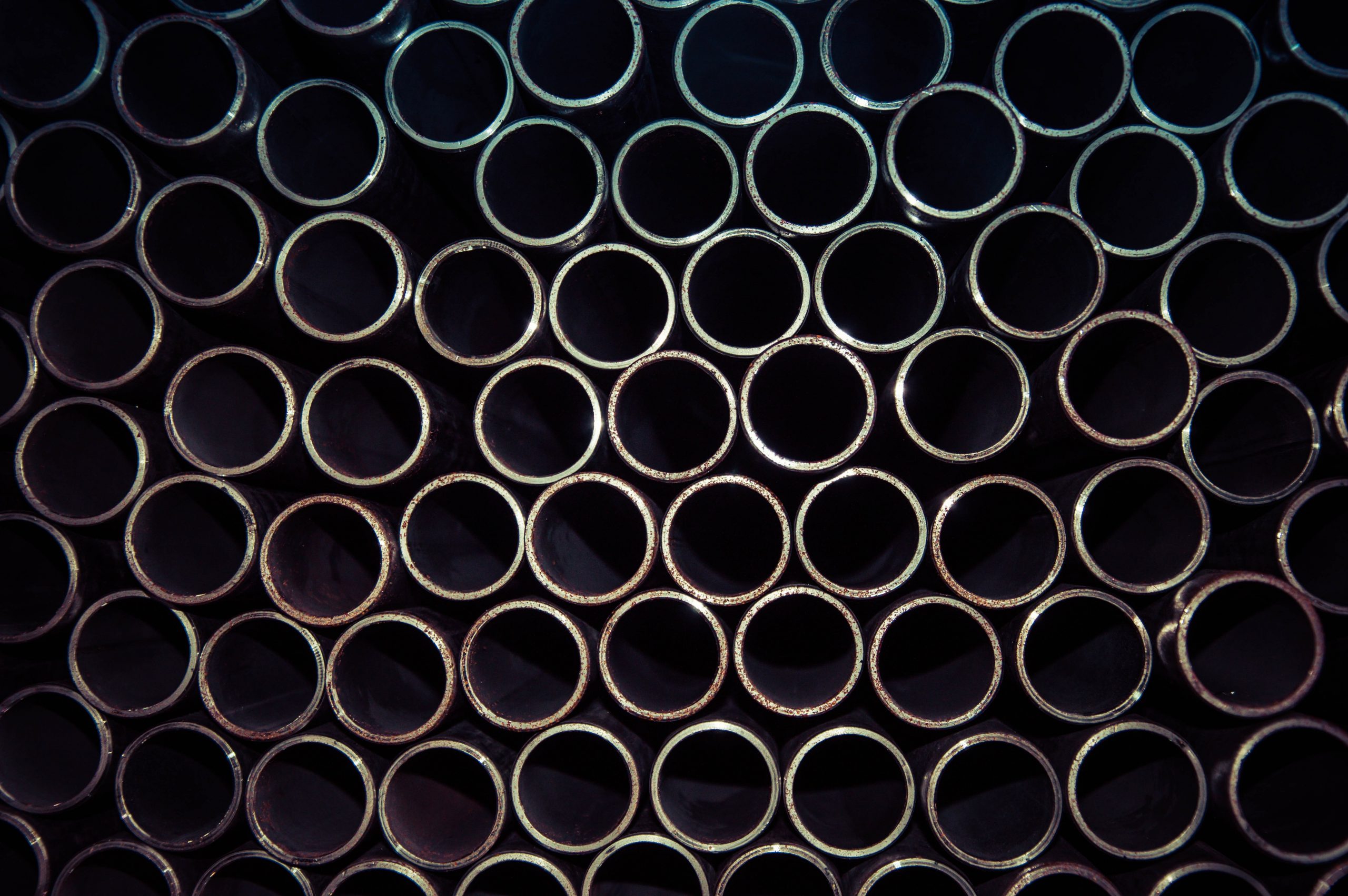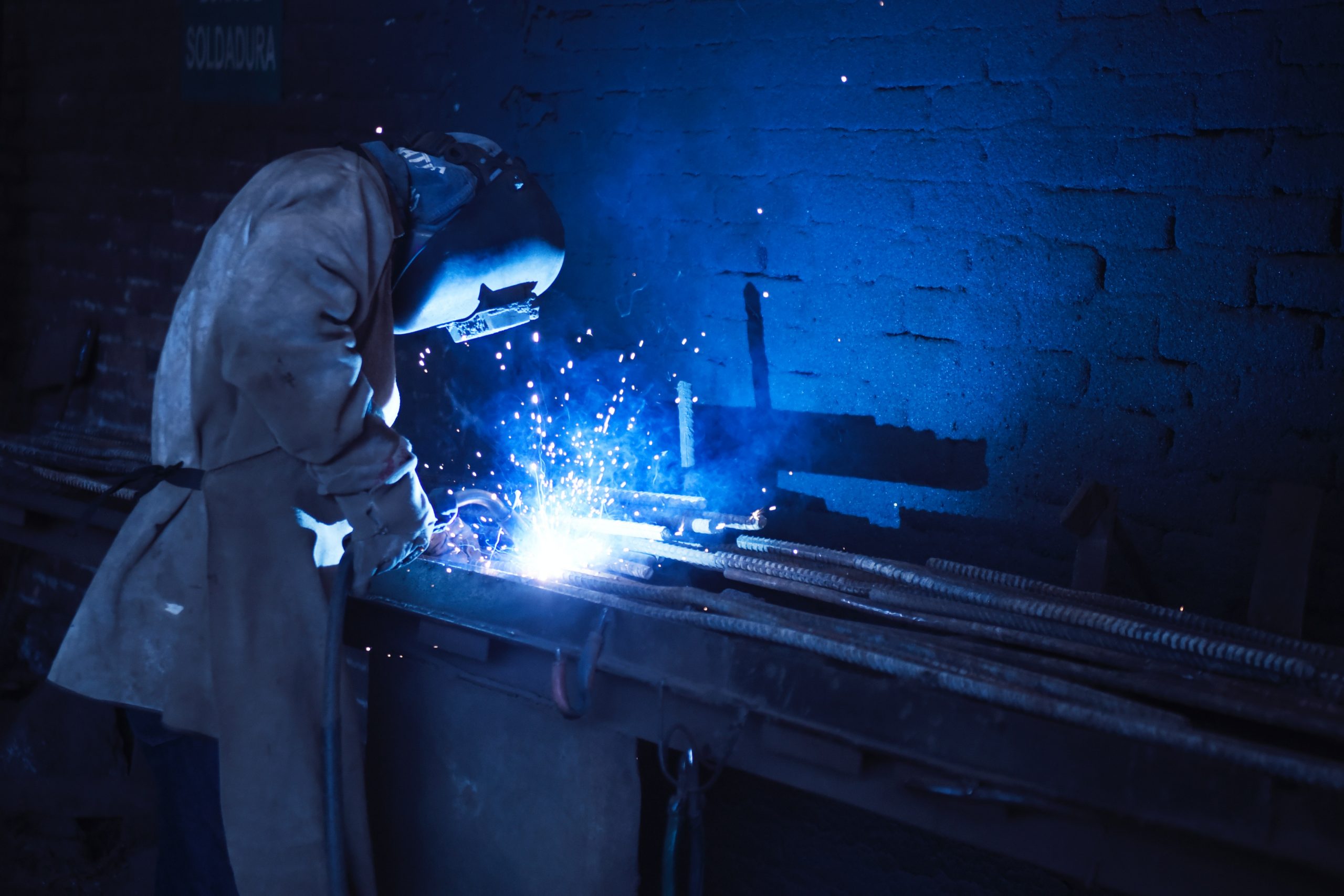Steel is, without a doubt, a metal. You’re aware that steel has a wide range of applications and is used in a wide range of products in today’s fabricated world. Even if you work with steel on a daily basis, it’s possible that you’ve never paused to think about what steel is. What material is it made of? What distinguishes steel from other metals? And why is it that there are so many different kinds of steel?
What Exactly Is Steel?
A metal alloy is what makes steel what it is. An alloy is made up of two or more types of natural metals fused together to form a new, unique metal. When we talk about steel, we’re referring to a metal alloy that contains iron and at least one other metal. Several metals are present in many forms of steel, albeit the amount present (that is, the concentration) varies. Steels are classed according to the kind of metals they contain and the qualities they possess.
Steel made of carbon
Carbon steel is a fundamental steel made up of iron and carbon. Other compounds may be present in trace or unmeasured levels. The amount of carbon in carbon steel is determined by the amount of carbon in the iron. A low-to-mid carbon steel contains less than 0.3 percent carbon, whereas a high-carbon steel contains up to 2%. Carbon steel is noted for its toughness and ability to endure extreme heat.
Corrosion-resistant stainless steel can be found in a variety of products.
Adding chromium to an alloy produces stainless steel. Stainless steel contains at least 10% chromium content, whereas basic carbon steel may only include up to 2% carbon. Other components, like carbon steel, may be found in stainless steel in unmeasured levels. The fact that stainless steel does not rust or corrode is its most important feature. Steel has a one-of-a-kind property: it resists corrosion. Steel is mostly formed of iron, which corrodes quickly.
Steels of Other Types
There are a multitude of additional steel varieties, each with its own set of alloying elements (other metals in the mix). Steel kind and qualities are also determined by how metals are heated and treated during the manufacturing process. Tungsten, cobalt, nickel, lead, and molybdenum are some of the other elements contained in steel.
Steel Pipes: Considerations
There are various aspects to consider when deciding between stainless steel and carbon steel pipes in Malaysia.

Substance
What’s going on with your plumbing? What will they be required to transport? This is the first criterion for selecting a metal. Is it transporting corrosive chemicals or seawater? If that’s the case, you’ll want a metal that won’t react as rapidly. Stainless steel tube is typically used for this, however check the material’s properties to see how it reacts.
Temperature
Will your pipes be put to the test? Because carbon steel pipes can withstand high temperatures, they are utilized for steam pipes. Working with severe cold, such as transporting cryogenic materials, necessitates the use of a different pipe grade.
Cost
Both stainless steel and carbon steel are quite inexpensive. Carbon steel pipe is often the cheapest pipe steel, however stainless steel pipe isn’t far behind. This is fantastic news since it allows you to choose the best material for the project without having to worry about the cost.
Appearance
If your pipes will be visible, knowing the finish of these steels can help. Stainless steel has a gleaming finish and is resistant to weather and other elements. Carbon steel is a darker, more matte finish. It will corrode and decay if left exposed.

